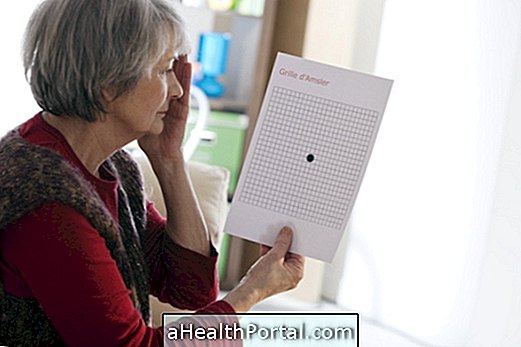Atrophic lichen sclerosus, also known as lichen sclerotitrophic, is a skin disease that causes the appearance of fine whitish lesions
Lichen sclerosus lesions are most commonly seen in the genital region, but can appear anywhere in the body, especially in postmenopausal women.
The atrophic lichen sclerosus has no cure, but can be controlled with the use of ointments that prevent the onset of injury and reduce symptoms.
How to treat lichen sclerosus
Treatment for atrophic lichen sclerosus should be guided by a gynecologist, in the case of the woman, or by a urologist, in the case of man, and is usually done with the use of steroid ointments, such as Clobetasol Propionate, applied daily on the region affected.
In addition, during treatment, it is important to:
- Avoid scratching the affected sites;
- Wear tight puce clothing, preferably cotton wool;
- Avoid wearing underwear at night when lichen sclerosus appears in the genital area;
- Maintain proper local hygiene with water and mild soap.
In some cases, the doctor may also recommend the use of antihistamine remedies, such as Cetirizine or Desloratadine, to relieve itching and swelling of skin sites. Learn more forms of treatment in: Treatment for lichen sclerosus.
Is sclerosus lichen contagious?
Lichen sclerosus is not contagious and therefore it is not necessary to avoid any kind of contact.
Symptoms of lichen sclerosus
Symptoms of atrophic lichen sclerosus usually begin on the skin of the genital area and include:
- The appearance of reddish-white patches, in which the skin becomes thinner;
- Desquamation and fissures in the skin;
- Itching and irritation of the skin, especially at night;
- Pain when urinating, defecating and during intimate contact.
The diagnosis of lichen sclerosus is usually made only by observing the symptoms of the disease.

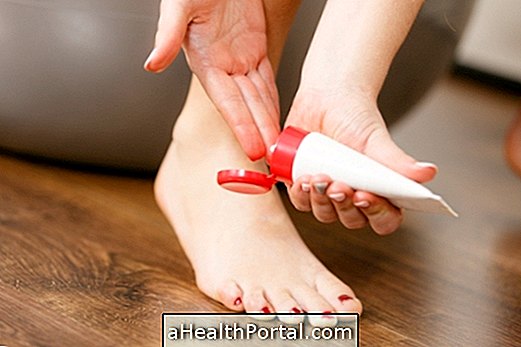
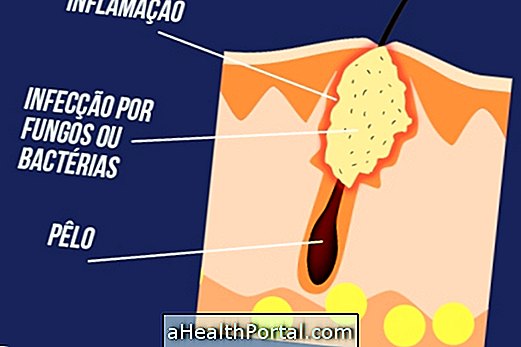
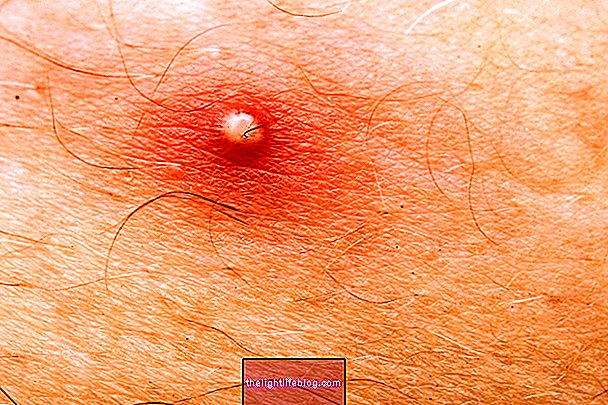
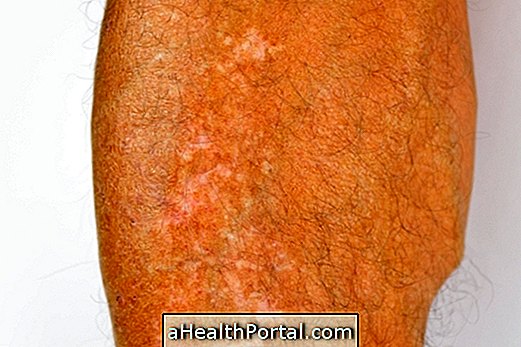
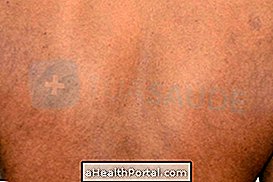

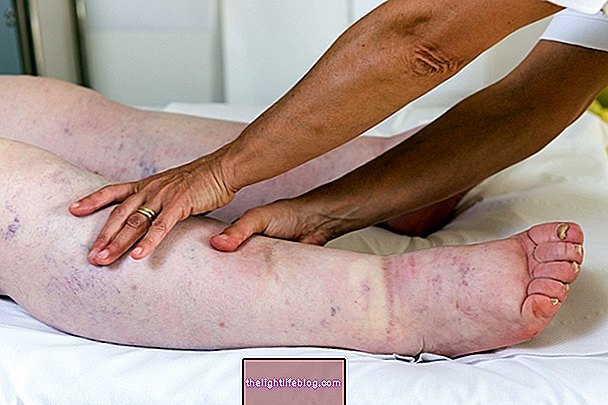
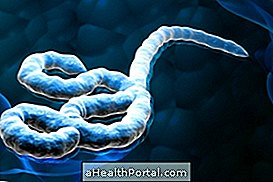





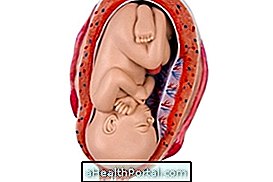
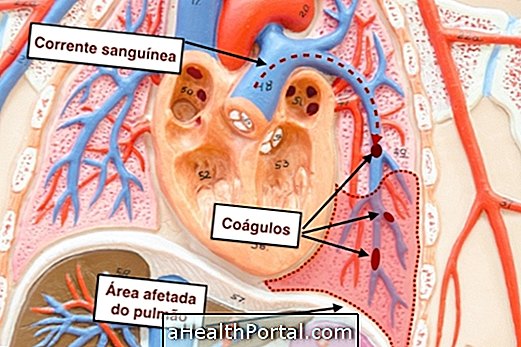




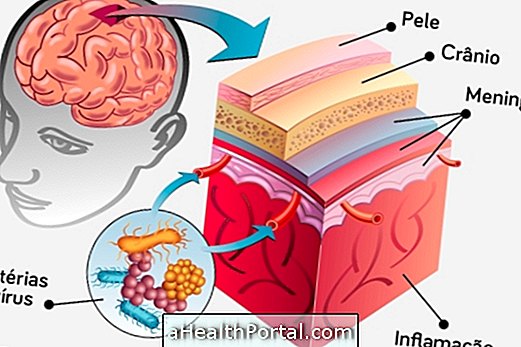

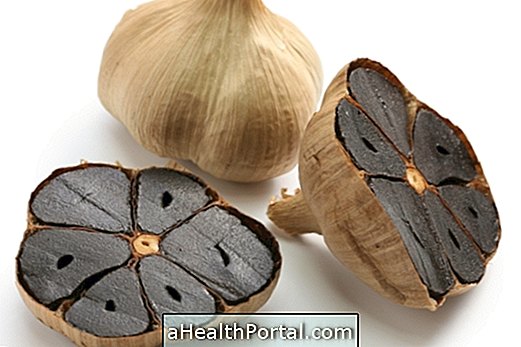


-o-que--como-identificar-e-o-que-fazer.jpg)
